The Gist
Origins of Kecak: From Rituals to Performance
The Kecak dance, often referred to as the “monkey chant,” has roots in a sacred Balinese ritual called Sanghyang, where participants enter a trance to communicate with spirits. This ritual was believed to cleanse the community of misfortunes and restore harmony. In the 1930s, Kecak evolved from this tradition into a performance art, largely influenced by the desire to present Balinese culture to international audiences. While it took on new theatrical elements, it retained its deep spiritual essence, connecting the dancers to both the divine and their cultural heritage.
Unlike traditional dances accompanied by gamelan orchestras, Kecak relies solely on human voices. Dozens of male performers chant “cak-cak-cak” in hypnotic rhythms, creating a vocal landscape that builds suspense and emotion. The circle of chanters represents an army of monkeys, central to the Ramayana’s narrative, supporting the hero Rama in his quest to rescue Sita from the demon king Ravana.
The Story Behind the Dance: The Ramayana
At the heart of Kecak lies the story of the Ramayana, one of the oldest and most influential epics in the world. The dance portrays key scenes from this tale, particularly the moment when Rama, with the help of Hanuman and his monkey army, confronts Ravana to save Sita. The performers use dramatic gestures and facial expressions to convey the tension and emotion of the story, creating an experience that is both visually and emotionally gripping.
The absence of musical instruments allows the dancers’ movements and voices to take center stage, drawing the audience deep into the unfolding drama. Fire is often used as part of the performance, adding an element of danger and energy. The atmosphere is intense and immersive, leaving audiences captivated by the sheer power of the human voice and the evocative storytelling.
Cultural Significance of Kecak
Kecak is more than entertainment—it’s a window into Indonesia’s rich cultural landscape. The dance reflects the Balinese philosophy of Tri Hita Karana, which emphasizes harmony between humans, nature, and the spiritual world. The collective chanting of the performers symbolizes unity and cooperation, key values in Balinese society. Even as the dance has become a popular attraction for tourists, it remains an expression of cultural pride and a reminder of the importance of preserving tradition in a rapidly changing world.
Many Kecak performances take place at sunset, often in open-air arenas overlooking the ocean, such as Uluwatu Temple in Bali. These settings enhance the spiritual atmosphere, reminding audiences of the connection between the performance, the environment, and the divine.
The Experience of Watching Kecak
Watching a Kecak performance is an experience unlike any other. As the sun sets and the sky turns golden, the rhythmic chanting begins, gradually building into a wave of sound. The dancers move with precision and intensity, their faces reflecting the emotional highs and lows of the story. The energy is contagious—you can feel the vibration of the chants in the air, as if the entire audience becomes part of the ritual.
The lack of instruments makes the performance even more intimate. The human voice becomes the only tool for creating rhythm and emotion, drawing the audience closer to the performers’ world. It’s a powerful reminder that storytelling doesn’t need elaborate setups—sometimes, all it takes is people, their voices, and a shared connection to something greater than themselves.
Kecak’s Place in Modern Bali
Today, Kecak remains one of Bali’s most iconic cultural offerings, attracting audiences from around the world. While the dance has evolved into a more theatrical form, it hasn’t lost its connection to the island’s spiritual roots. In many ways, Kecak symbolizes the balance between tradition and modernity that defines Balinese culture. It serves as a bridge between the past and the present, reminding both locals and visitors of the importance of storytelling, community, and spirituality.
Performances are often tailored for tourists, but they still retain an air of authenticity. Watching Kecak is more than just attending a show—it’s a cultural encounter, a chance to witness a tradition that has been passed down for generations. For many visitors, it’s also an opportunity to reflect on their own relationship with spirituality and storytelling.
A Dance That Transcends Time
Kecak is more than just a dance—it’s a profound expression of Indonesia’s cultural and spiritual identity. Through its rhythms, gestures, and stories, it captures the essence of Balinese life and philosophy. It invites audiences not just to watch but to experience a tradition that has evolved over centuries, bridging the gap between ritual and performance. Whether you encounter it in a temple courtyard or an open-air stage by the ocean, the spiritual dance of Kecak leaves an impression that lingers long after the chanting fades.
Let’s Talk
The Kecak dance really sticks with you, doesn’t it? There’s something about the way it draws you in—no instruments, just voices and movement—that makes it feel more personal, almost primal. What fascinates me most is how something so simple, like rhythmic chanting, can create such a powerful experience. It makes you wonder—when was the last time you experienced something with that kind of raw, unfiltered energy? We get so used to distractions—phones, music, constant noise—that we forget the power of just being present in a moment.
One thing I keep thinking about is how Kecak is rooted in the Ramayana, this epic story that has been told and retold for centuries across many cultures. But here’s the thing—every time it’s performed, it becomes new again. That’s the beauty of storytelling, right? Even if you know the plot, there’s always room for new emotions, new interpretations. It makes me wonder—what’s a story from your culture that’s been told for generations? And when you hear it again, do you notice something different each time?
What’s also interesting is how Kecak evolved from a sacred ritual into a performance for tourists. Some people might say that tourism dilutes the meaning of traditions, but I see it differently. I think it’s amazing that traditions like this find ways to adapt and stay alive. It’s like Kecak has become a bridge between cultures—welcoming people in, sharing a piece of Bali’s soul, and maybe sparking a little curiosity about its deeper roots. Have you ever had that experience while traveling—where you stumbled upon a performance or tradition that made you feel connected to a place, even if it wasn’t originally yours?
And let’s talk about the power of unity in Kecak. There’s something special about a group of people chanting in unison, right? It’s a reminder that we’re stronger together, that when voices come together, they create something bigger than the sum of their parts. It makes me think—what are some moments in your life when you’ve felt that sense of unity? Maybe it was during a concert, a protest, or even just playing on a team. That collective energy is rare but unforgettable.
Another thing that strikes me is the use of fire in the performance. Fire is both beautiful and dangerous—it captivates you, but you can’t control it. In a way, it’s like life, isn’t it? We’re always trying to find that balance between enjoying the beauty and respecting the unpredictability. I think that’s part of the magic of Kecak. The fire, the chanting, the story—they remind us that life is both intense and fleeting, and that’s what makes it worth experiencing fully.
There’s also the question of how performances like Kecak shape our own understanding of spirituality. Watching something so deeply rooted in ritual makes you reflect on your own beliefs, doesn’t it? You don’t have to belong to a particular religion to appreciate the way traditions like these tap into something universal—a longing for connection, meaning, and transcendence. Have you ever experienced something, maybe a ritual or a performance, that made you feel more connected to the world around you, even if it wasn’t from your own belief system?
So here’s a thought—what can we learn from Kecak and apply to our own lives? Maybe it’s the idea of unity, working together toward a shared purpose. Or maybe it’s about finding ways to stay connected to traditions, even as the world changes around us. And perhaps most importantly, it’s about embracing the stories that shape us, the ones that remind us who we are and where we come from. What’s a tradition or story in your life that you hold onto? And how can you keep it alive, not just for yourself but for others to experience too?
Let’s Learn Vocabulary in Context
Let’s explore some of the key words and phrases from the discussion about Kecak and see how they fit into both the performance and everyday life. First, we have spirituality. In the context of Kecak, spirituality refers to the deeper connection between people, nature, and the divine. It’s not about following strict rules or practices but about feeling connected to something bigger than yourself. In real life, spirituality can mean different things to different people—maybe it’s meditation, spending time in nature, or simply moments of quiet reflection. How do you connect with your sense of spirituality in your day-to-day life?
Then there’s ritual, which plays a huge role in Kecak. A ritual is an action or series of actions performed regularly, often with symbolic meaning. In Kecak, the chanting and movements are part of a tradition that connects people to their ancestors and beliefs. But rituals aren’t just found in ancient performances—they can be part of modern life too. Think about your morning coffee routine or the way you always listen to a certain song when you need to focus. Those are rituals in their own way, helping you create meaning and stability. Do you have any personal rituals that help you feel grounded?
Another word we touched on is unity. In Kecak, the synchronized chanting is a powerful reminder of how people working together can create something extraordinary. Unity isn’t just about physical actions; it’s also about shared purpose and mutual support. Whether it’s your family, friends, or colleagues, those moments of unity—where everyone is aligned and working toward the same goal—are special. Have you experienced a moment where you felt completely in sync with a group, like everything just clicked?
We also explored the idea of tradition. Traditions are customs or beliefs passed down from generation to generation. They help us feel connected to our roots and give us a sense of belonging. In the case of Kecak, the performance not only entertains but also preserves the cultural heritage of Bali. In your own life, traditions might look like family recipes, annual celebrations, or even small habits you’ve inherited from loved ones. What’s one tradition that means a lot to you, and how do you keep it alive?
Lastly, let’s talk about transcendence. In Kecak, transcendence happens when the performers and audience move beyond the everyday and enter a shared space of storytelling and emotion. It’s that feeling you get when you’re so immersed in a moment that you forget everything else—like watching a sunset, hearing live music, or getting lost in a good book. Transcendence reminds us that life is more than just the daily grind. When was the last time you felt like you transcended the ordinary, even if just for a moment?
Now, here are a couple of questions to consider: What rituals or traditions in your life help you feel more connected to others? And how can you create more moments of transcendence, where you’re fully present and in tune with something bigger than yourself? These words—spirituality, ritual, unity, tradition, and transcendence—are more than just concepts. They’re invitations to reflect on how we engage with the world, whether through a centuries-old dance or the small moments that shape our everyday lives.
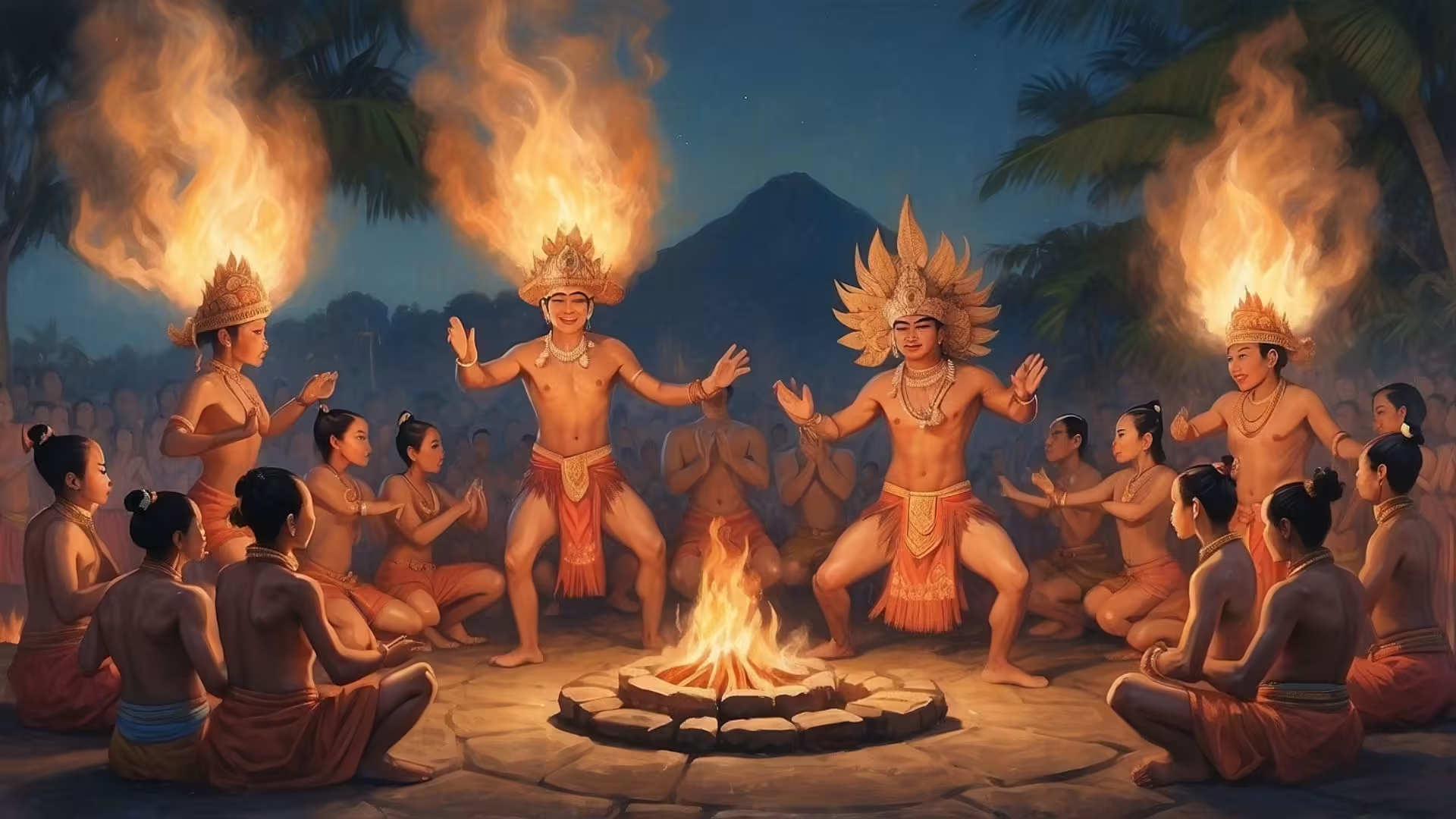

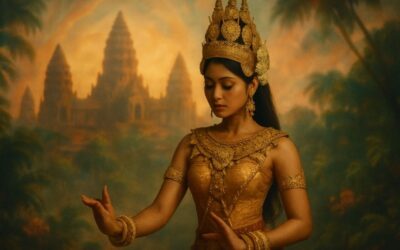


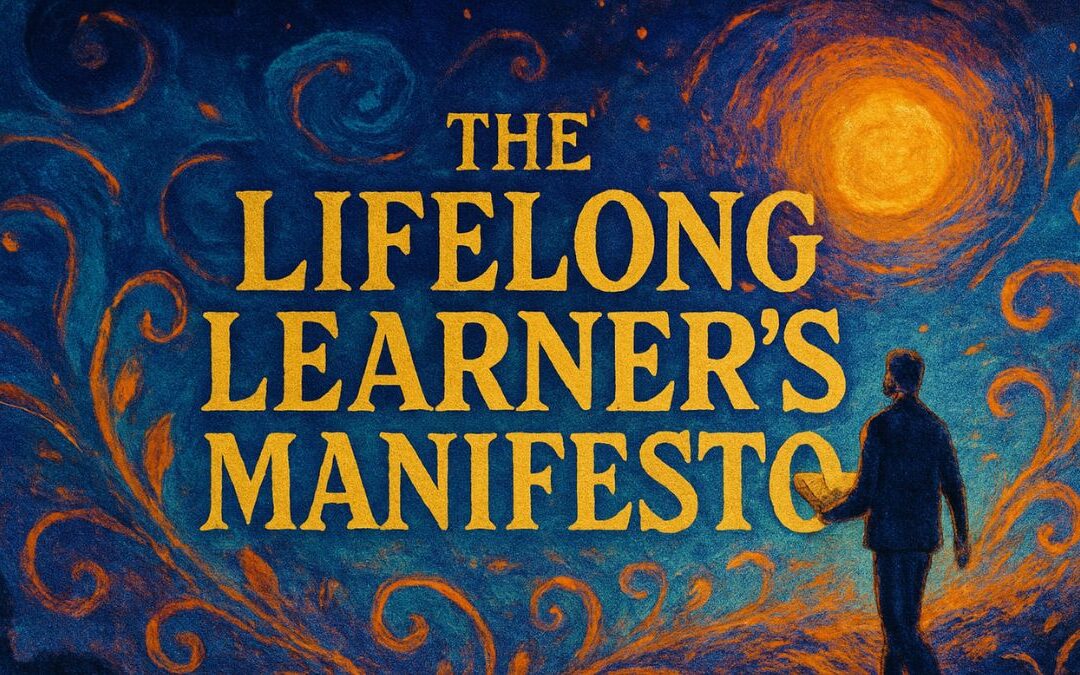

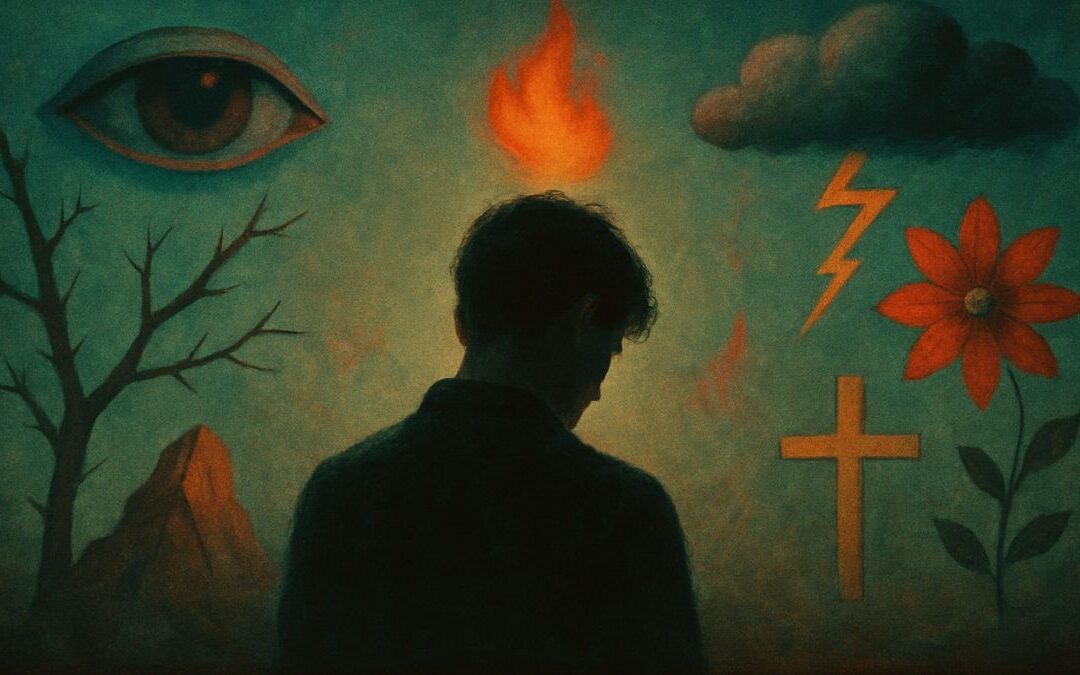


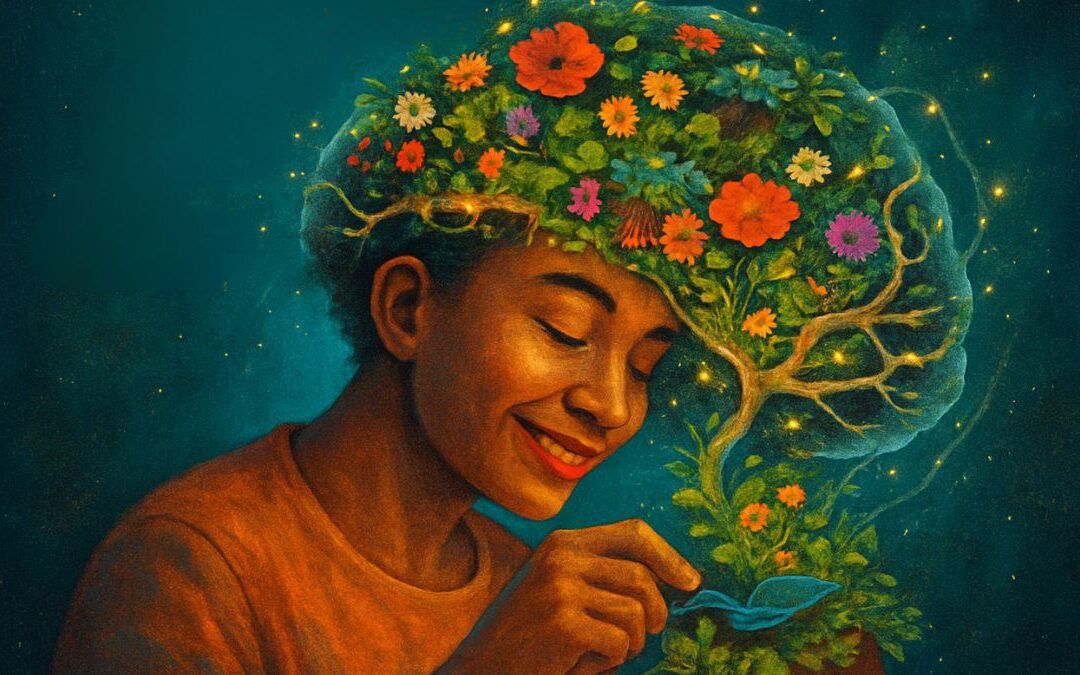
0 Comments